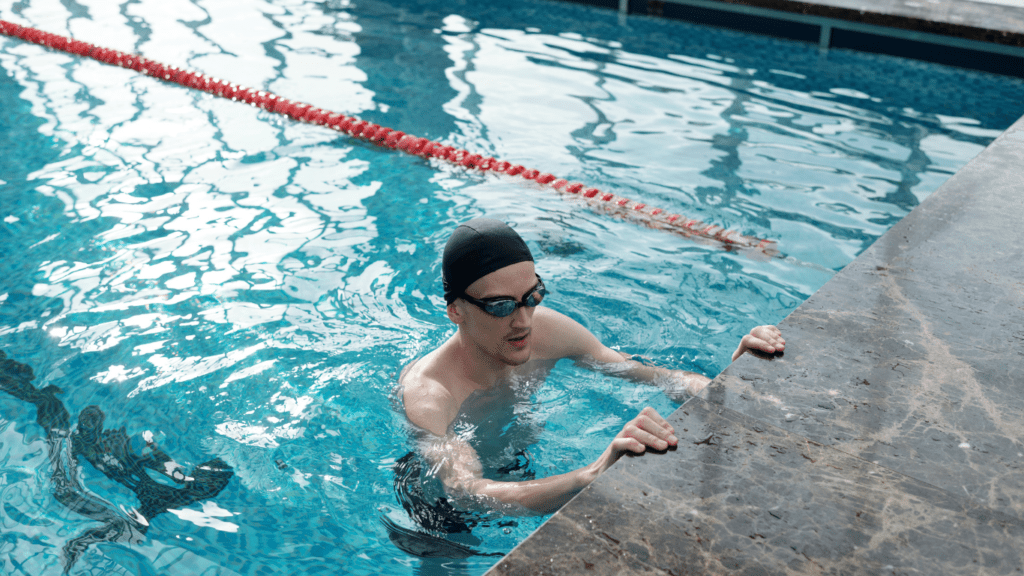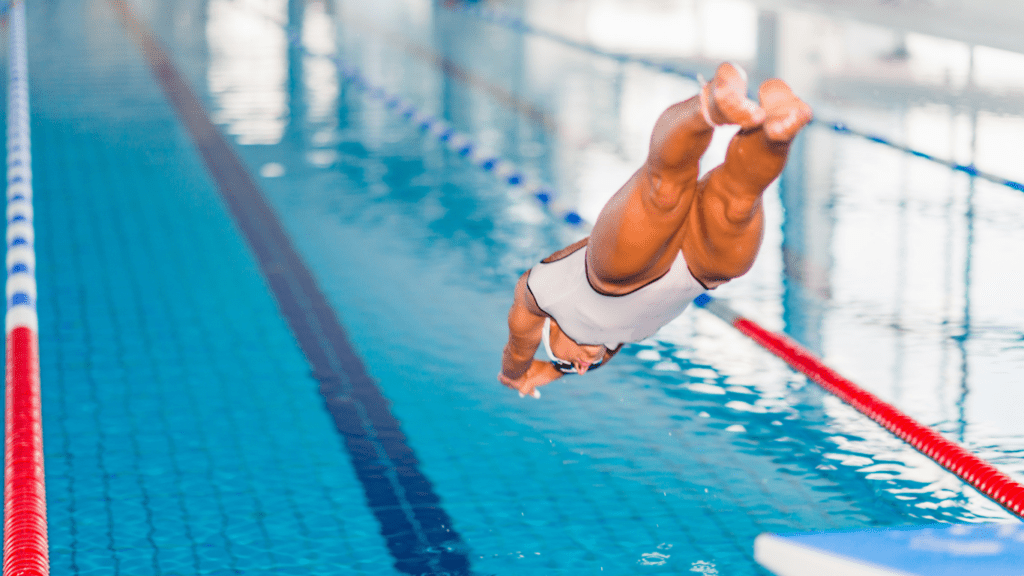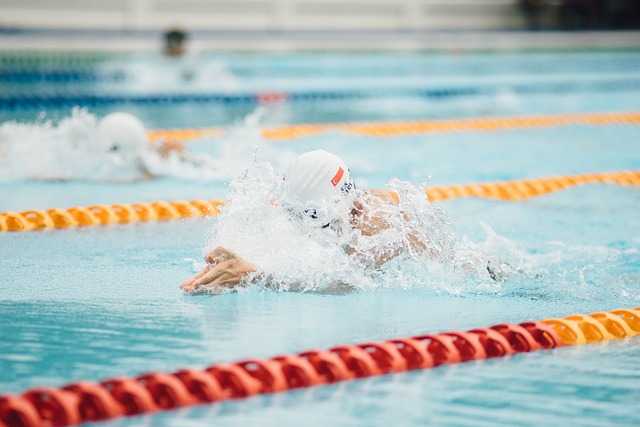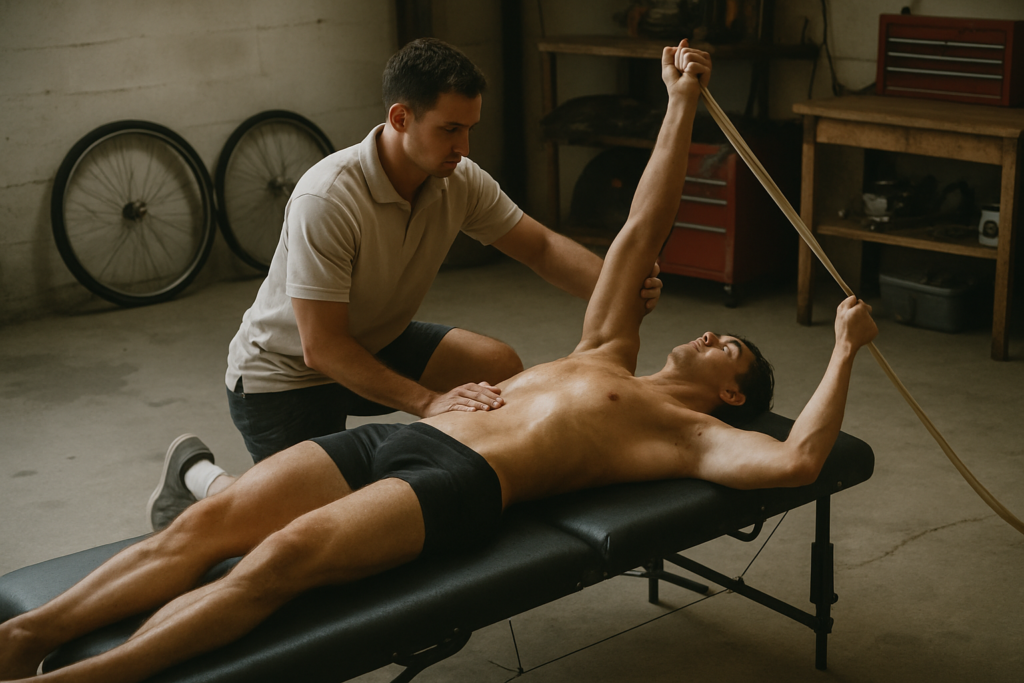Diving into the world of High-Intensity Interval Training (HIIT) for swimmers opens up a realm of dynamic and efficient workout techniques tailored to enhance performance in the water. As a seasoned swimmer myself, I’ve discovered the transformative power of HIIT in boosting endurance, speed, and overall swim performance. HIIT isn’t just about pushing limits; it’s about redefining them.
In the pool, HIIT sessions can revolutionize your training routine, elevating your cardiovascular capacity and muscular strength. Embracing the intensity of short, explosive bursts followed by brief recovery periods can propel your swimming prowess to new heights. Join me as we explore the intricacies of HIIT for swimmers, unlocking the secrets to maximizing your aquatic potential through targeted and results-driven training strategies.
The Basics of High-Intensity Interval Training (HIIT)
Starting with a high-intensity interval training (HIIT) overview, it’s a training method involving short bursts of intense exercise followed by brief rest periods. HIIT sessions are known for their efficiency in maximizing workout benefits in minimal time, making them popular among athletes.
What Is HIIT?
HIIT is a workout technique alternating between intense periods of exercise and low-intensity recovery or rest. These intervals push the body to its limits, allowing for optimal cardiovascular and muscular adaptations. As a swimmer, incorporating HIIT can lead to improved oxygen utilization, enhanced endurance, and increased speed in the water.
Benefits of HIIT for Athletes
Athletes, including swimmers, can reap numerous benefits from incorporating HIIT into their training routines. HIIT sessions enhance aerobic and anaerobic fitness levels, improve overall cardiovascular health, and boost metabolism. For swimmers specifically, HIIT can help increase stroke power, enhance kicking strength, and elevate overall performance by simulating race-like intensity during training.
HIIT Techniques for Swimmers
When it comes to HIIT techniques for swimmers, there are a variety of options that can help maximize performance in the water. By focusing on core HIIT workouts in the pool and incorporating dryland exercises, swimmers can truly enhance their endurance, speed, and overall swimming capabilities.
Core HIIT Workouts for the Pool
Incorporating HIIT workouts directly in the pool can have a significant impact on a swimmer’s performance. These workouts typically involve intense bursts of swimming at maximum effort followed by short rest periods. For example, a common pool HIIT workout can include 8 rounds of 50-meter sprints with 20 seconds of rest in between each sprint. This not only mimics the intensity of actual races but also helps build endurance, speed, and power in the water.
Dryland HIIT Exercises for Swimmers
In addition to pool workouts, dryland HIIT exercises are essential for swimmers to improve their overall strength and conditioning. Dryland exercises can target different muscle groups and help prevent injuries by building a strong foundation. Some effective dryland HIIT exercises for swimmers include burpees, mountain climbers, jumping lunges, and planks. These exercises enhance core strength, flexibility, and cardiovascular endurance, all of which are crucial for swimmers to excel in their sport.
Implementing HIIT in Swimming Training Programs

When incorporating High-Intensity Interval Training (HIIT) for swimmers, it’s crucial to design a HIIT schedule that optimizes performance and maximizes results.
Designing a HIIT Schedule for Swimmers
In designing a HIIT schedule for swimmers, I focus on alternating high-intensity swimming intervals with brief rest periods. For example, I may include sprints or fast-paced laps followed by short active recovery periods to ensure my body adapts to high-intensity efforts, improving speed and endurance over time. By structuring the HIIT sessions strategically throughout the week, maintaining a balance between intense workouts and adequate recovery time, I can enhance my overall swimming performance effectively.
Incorporating HIIT with Other Swimming Workouts
Integrating HIIT with other swimming workouts can further amplify the benefits for swimmers. I often combine traditional aerobic and anaerobic training sessions with HIIT to create a well-rounded training program. By incorporating HIIT techniques like sprint intervals into my regular swimming routine, I challenge my body to adapt to varying intensities, leading to improved cardiovascular fitness and enhanced anaerobic capacity. This combination helps me develop a strong foundation for both endurance and speed, essential for excelling in competitive swimming.
Monitoring Progress and Adjustments
When it comes to High-Intensity Interval Training (HIIT) for swimmers, tracking key metrics is essential for optimizing performance and ensuring progress. As I implement HIIT in my swimming training program, I rely on specific indicators to gauge improvements and make necessary adjustments. Monitoring these metrics helps me fine-tune my workouts for maximum effectiveness.
Key Metrics to Track
- Swimming Times: Tracking the time taken to complete specific distances at high intensity provides a clear measure of progress in speed and endurance.
- Heart Rate: Monitoring heart rate during HIIT sessions helps in maintaining the desired intensity levels and indicates improvements in cardiovascular fitness.
- Rest Periods: Keeping track of rest intervals between high-intensity intervals is crucial for optimizing recovery and performance during subsequent sets.
When to Modify Intensity and Volume
Knowing when to adjust the intensity and volume of HIIT workouts is key to continued progress. Personally, I focus on specific cues and signals to determine the right time for modifications.
- Plateau in Performance: If I notice a plateau in performance or lack of improvement in key metrics despite consistent training, it’s a sign to adjust the intensity or volume of HIIT sessions.
- Persistent Fatigue: Feeling excessively fatigued or experiencing prolonged muscle soreness may indicate the need to reduce intensity or volume to prevent overtraining.
- Injury Risk: Recognizing signs of overuse injuries or persistent discomfort during training sessions prompts me to reassess and potentially reduce the intensity or volume of HIIT to prevent injuries and allow for proper recovery.
By actively monitoring these key metrics and knowing when to make adjustments, I can optimize my HIIT training for swimming, ensuring continuous progress and performance gains in the water.


 is a passionate advocate for fitness and healthy living, blending her expertise in swimming with a dedication to overall wellness. With years of experience both in and out of the pool, she offers valuable insights on effective workout routines, nutrition, and lifestyle habits that support peak performance and vitality. Rosamie’s writing is characterized by its practical advice, encouraging readers to adopt sustainable habits for long-term health and fitness. She frequently shares her personal journey and success stories to motivate others, and her articles often include actionable tips that readers can easily incorporate into their daily lives. By focusing on a holistic approach to fitness, Rosamie aims to help individuals not only achieve their athletic goals but also cultivate a balanced and fulfilling lifestyle.
is a passionate advocate for fitness and healthy living, blending her expertise in swimming with a dedication to overall wellness. With years of experience both in and out of the pool, she offers valuable insights on effective workout routines, nutrition, and lifestyle habits that support peak performance and vitality. Rosamie’s writing is characterized by its practical advice, encouraging readers to adopt sustainable habits for long-term health and fitness. She frequently shares her personal journey and success stories to motivate others, and her articles often include actionable tips that readers can easily incorporate into their daily lives. By focusing on a holistic approach to fitness, Rosamie aims to help individuals not only achieve their athletic goals but also cultivate a balanced and fulfilling lifestyle.
